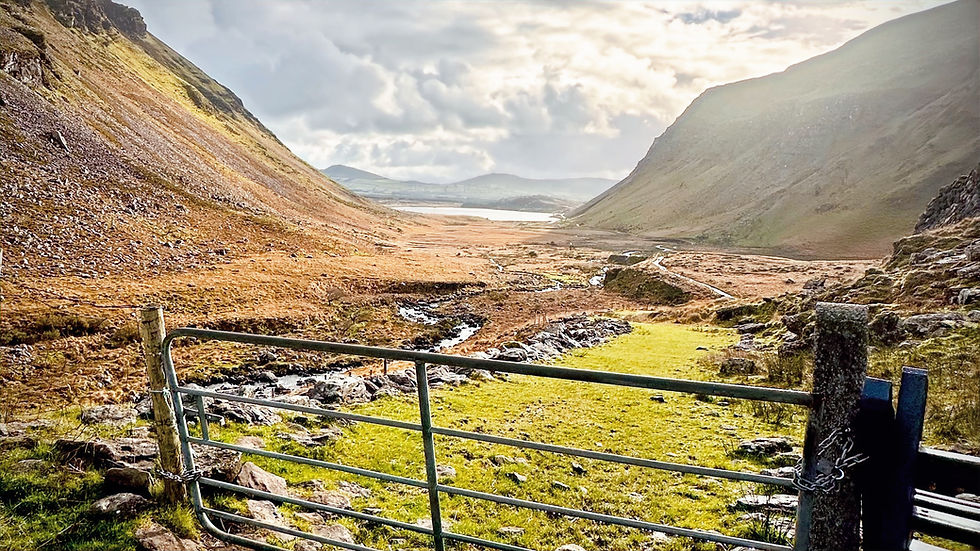Culture & Practical Tips when travelling to Ireland
- Anthony O'Shea
- Aug 7
- 2 min read

Do people speak Gaelic (Irish) or English?
English is the primary language spoken across Ireland, but Irish (Gaeilge) holds official status and is widely taught in schools. In Gaeltacht regions—scattered across counties such as Kerry, Donegal, and Galway—Irish is spoken daily. Road signs are bilingual in the Republic, with Irish listed first, and visitors will see Irish used in official documents, media, and cultural events. Learning simple phrases like “Dia dhuit” (Hello) or “Go raibh maith agat” (Thank you) is appreciated and can spark warm conversations with locals.
What are some important cultural customs or etiquette rules in Ireland?
Irish people are known for their friendliness and wit, but politeness and humility are valued. When meeting someone, a handshake and a smile are the norm. In pubs, if drinking with a group, it’s customary to buy rounds—each person takes a turn buying drinks for the table. Tipping is appreciated but not extravagant. Humor often includes light teasing, but it’s important not to mistake this for rudeness—it’s a sign of camaraderie. Visitors should also be respectful at historical and religious sites, especially cemeteries and church grounds.
Is Ireland safe for solo travelers?
Ireland consistently ranks as one of the safest destinations in Europe. Violent crime is rare, and locals are generally welcoming and helpful to visitors. Solo travelers, including women, often feel comfortable exploring cities and rural areas. That said, standard precautions apply—keep valuables secure, avoid isolated areas late at night, and be aware that alcohol consumption can lead to rowdier pub scenes in the early hours. Public transport is safe, and small-town hospitality often extends to offering help with directions or recommendations.
What foods should I try in Ireland?
Ireland’s culinary scene goes far beyond stereotypes of potatoes and cabbage. Traditional dishes include hearty Irish stew made with lamb, carrots, and potatoes; seafood chowder featuring Atlantic-caught fish; and boxty, a potato pancake that’s crisp outside and soft inside. A full Irish breakfast often includes eggs, sausages, rashers (bacon), black and white pudding, tomatoes, and toast. Coastal towns like Dingle, Kinsale, and Howth excel in fresh seafood such as crab, mussels, and oysters. Soda bread, often served warm with butter, is a staple at mealtimes.



